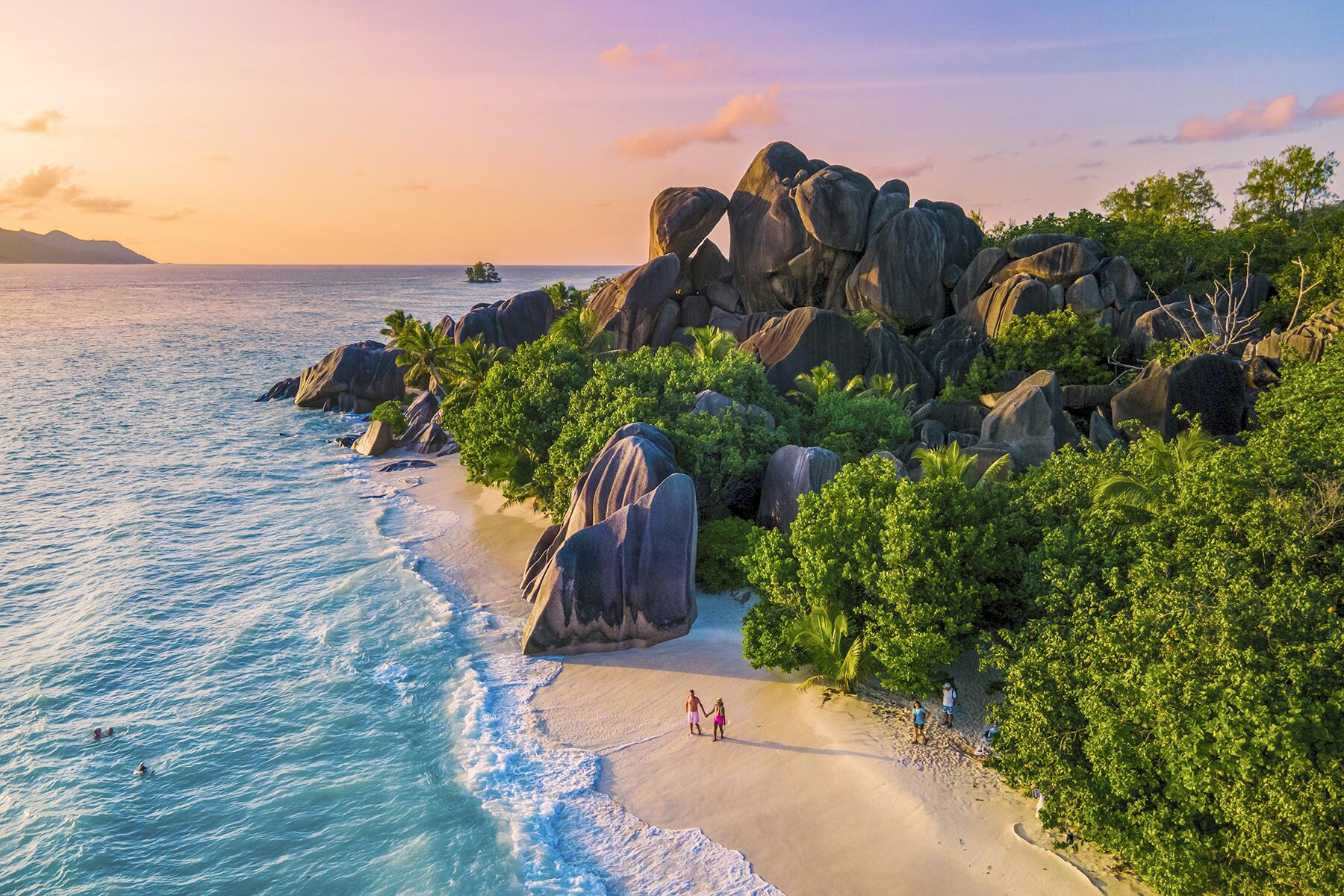“You don’t have to be rich to travel well.” —Eugene Fodor
Travel—even when you’re on a tight budget—is one of life’s greatest luxuries. The chance to take a few days off work, hop on a plane, pay for a hotel room, and take yourself out to a new restaurant is a privilege that most of the 7.5 billion people on this earth do not experience regularly.
And while the very act of travel is a luxury, obviously there are different levels to this luxury. While some travelers are perfectly happy in a $25 per night shared room in a hostel, others are more comfortable in a $2,500 per night penthouse suite or a $25,000 per night private villa. (Here at Fodor’s, we’re mostly about the $250 per night boutique hotels.) But just because there are hotel rooms out there in the world that cost more than your yearly salary doesn’t mean you’ll never get to experience some of the world’s greatest luxury travel experiences, like Michelin-starred restaurants, world-famous hotels, and one of those fancy lay-flat seats in business class. In fact, if you know where, when, and how to spend your travel dollars, you too can travel like a rich person—without going into debt.






